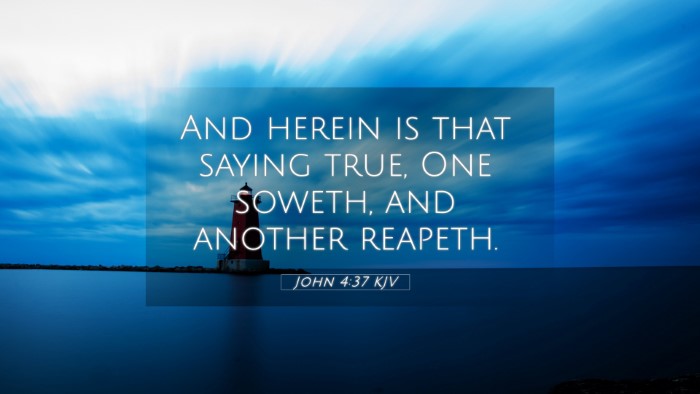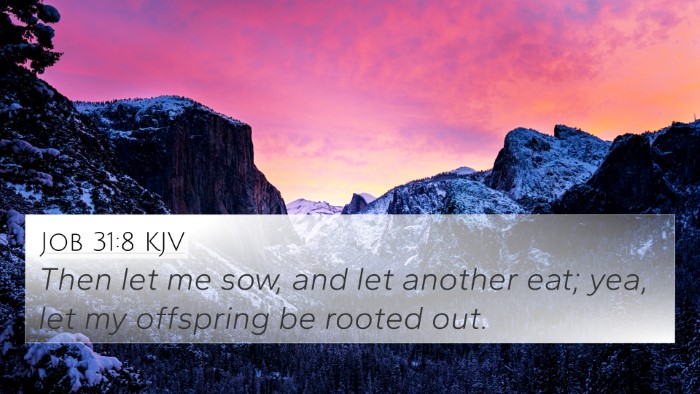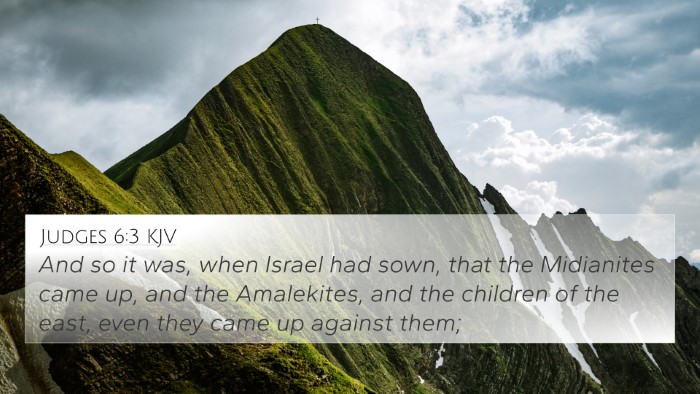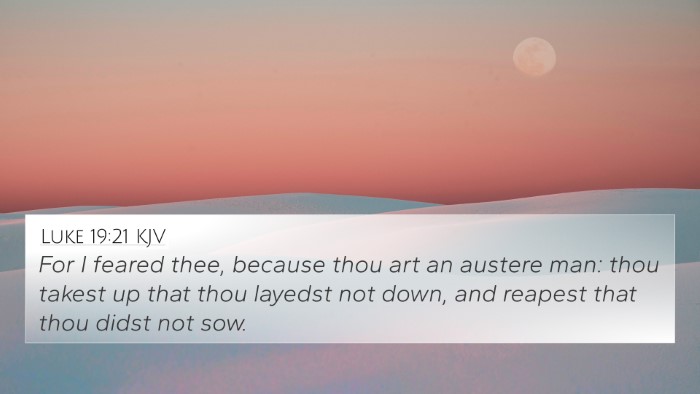Understanding John 4:37: A Comprehensive Analysis
Bible Verse: John 4:37
Verse Text: "For herein is that saying true, One soweth, and another reapeth."
Overview of John 4:37
In this verse, Jesus highlights a principle regarding the work of God in the lives of believers. It emphasizes the dynamic nature of evangelism and the church's mission, where different people play significant roles in sowing seeds of faith and reaping spiritual harvests.
Commentary Insights
This section synthesizes insights from Matthew Henry, Albert Barnes, and Adam Clarke.
Matthew Henry's Commentary
Henry notes that the saying mentioned by Jesus underscores the collaborative nature of ministry. One person may prepare the ground (sow), while another may bring forth the fruit (reap). This symbolizes the work of various individuals within the church — emphasizing that every role, whether in preaching, teaching, or personal evangelism, contributes to the broader mission of sharing the Gospel.
Albert Barnes' Commentary
Barnes supports the idea that the sowing and reaping metaphor illustrates the collective effort in evangelism. He points out that while not everyone directly sees the results of their labor, each contribution is vital in advancing God's kingdom. This highlights a profound truth about faith: one might plant seeds of doubt or faith, and others cultivate or harvest them at different stages.
Adam Clarke's Commentary
Clarke elaborates on the context of this verse as it relates to the Samaritan woman's encounter with Christ. He explains that just as the disciples might have thought their efforts in Samaria were in vain, Jesus reassures them that spiritual work is interconnected and spans beyond immediate returns. There is a significant spiritual labor that transcends individual efforts, cultivating a collective faith community.
Thematic Connections
John 4:37 can be cross-referenced with several key biblical passages to deepen understanding:
- Galatians 6:7-9: "For whatsoever a man soweth, that shall he also reap..." This reinforces the principle that our actions have consequences, echoing the notion of sowing and reaping.
- 1 Corinthians 3:6-8: "I have planted, Apollos watered, but God gave the increase." This emphasizes the collaborative efforts within the church where God is ultimately responsible for the growth of faith.
- Matthew 9:37-38: "The harvest truly is plenteous, but the laborers are few..." This passage encourages prayer for more workers in the vineyard, which aligns with the concept of sowing and reaping.
- Luke 10:2: "Therefore said he unto them, The harvest is truly great, but the laborers are few..." A direct connection to the need for collaboration in spiritual outreach.
- John 15:5: "I am the vine, ye are the branches..." This illustrates the importance of connectivity in the body of Christ within the mission of reaping spiritual harvests.
- James 5:7: "Be patient therefore, brethren, unto the coming of the Lord. Behold, the husbandman waiteth for the precious fruit of the earth..." A reference to the patience required in waiting for spiritual fruit.
- Acts 1:8: "But ye shall receive power, after that the Holy Ghost is come upon you..." This implies that spiritual empowerment is essential in both sowing and reaping processes.
Cross-Referencing Biblical Texts
Cross-referencing enhances understanding by connecting various scriptures around common themes. John 4:37 is foundational in the study of evangelistic efforts and the roles individuals have within the broader mission of the church.
Comparative Study Approach
When examining the connections between other verses and John 4:37, one can utilize tools for Bible cross-referencing such as a Bible concordance or a cross-reference Bible study guide. This helps identify how different segments of scripture converge around similar themes of sowing, harvesting, and the collective church effort.
Practical Applications
Understanding John 4:37 is essential for believers actively engaged in ministry. It encourages individuals to recognize their unique contributions within the church while cultivating an appreciation for others' efforts in the kingdom of God. Each believer is part of a larger narrative that God is unfolding, symbolizing hope in collaborative work for spiritual growth.
Ultimately, grasping the meaning behind John 4:37 through a cross-referenced lens invites deeper theological reflection and motivates believers to engage meaningfully in their faith communities.






